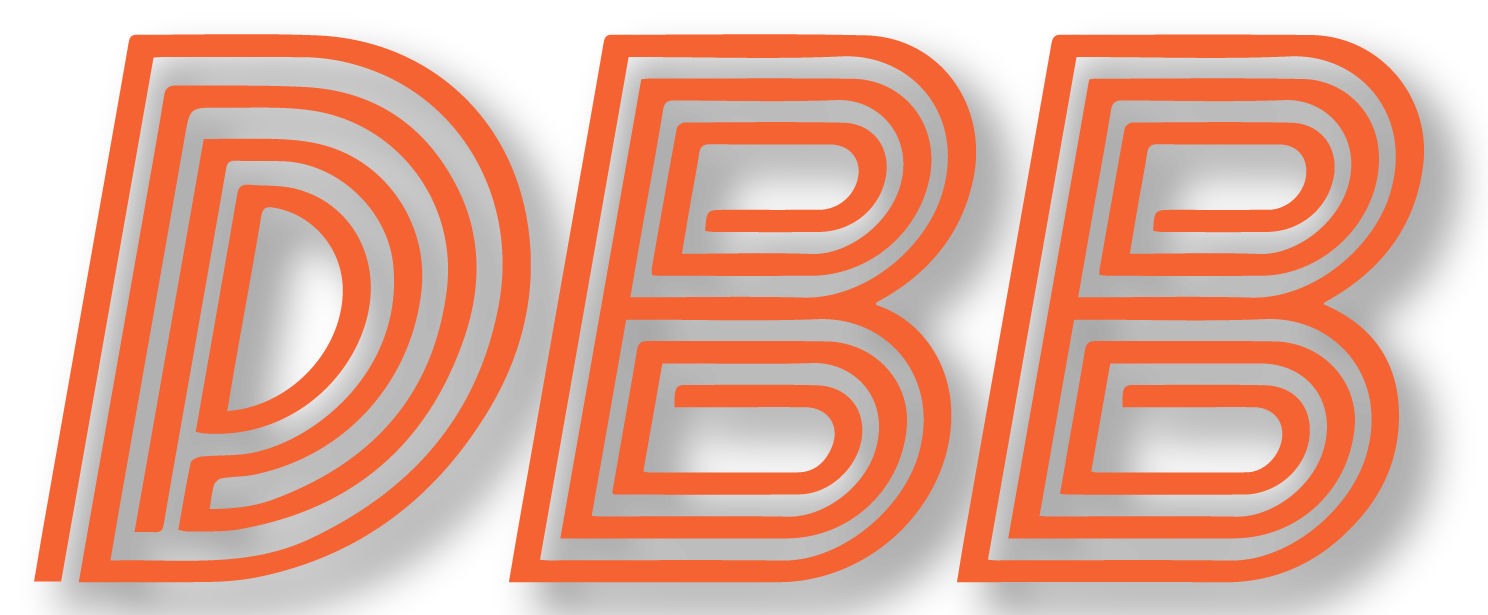Why do I like the Chicago Bears this week?
I always like…
Thoughts on the opponent…
Stats that matter…
Blah.
Blah.
Blah.
There is only one relevant question facing the Bears as they head to Detroit Sunday: should the team actually want to win? It is hard to argue that answer is yes.
The team is currently positioned with the second pick in the NFL Draft and, as Dannehy pointed out yesterday, they should be considered the frontrunner for the top pick, as Houston is playing their best football in the final weeks of the season. Winning might provide some cosmetic confidence but it would also throw the Bears into a jumble with Denver, Arizona, and Indianapolis, three four-win teams with considerably easier strengths of schedule, the tiebreaker when it comes to draft order.
(Gaining confidence from meaningless victories is inherently nonsensical. A great number of 2022 Chicago Bears won’t be 2023 Chicago Bears. And the ones that stick around won’t require meaningless victories for confidence.)
If it were just about selecting a player, one could argue the difference between picking second and fifth isn’t that big a deal. Selecting players is a crap shoot. Don’t tell me you know what Jalen Carter or Will Anderson will be at the next level because you don’t. The fourth and fifth picks in 2022 – Sauce Gardner and Kayvon Thibodeaux – had significantly more impactful rookie campaigns than first overall pick Travon Walker. (Is there any question the Jags would take Sauce in a 2022 re-draft?)
What is not a crap shoot is the league’s consistently absurd overvaluing of quarterback prospects come draft time. The best years to select at the top of the draft are years where your team doesn’t need a quarterback and four-to-five QBs are projected into the first round. That’s exactly what 2023 looks like for the Chicago Bears. Ryan Wilson at CBS Sports projects four QBs in round one. Jamie Eisner at The Draft Network also projects four, with three of the first four picks being quarterbacks. Walter Football only projects three but all three gone in the first six picks. This may not be a draft deep at quarterback, but it is top heavy. And that’s when you want your pick at the top.
When you’re rebuilding your roster, the key is word is options. You re-sign key contributors to give yourself options in free agency. You’re judicious in free agency to give yourself options in the draft. And the higher the draft pick in the first round, the more options you have at that event. If the Bears have the first or second pick, they will have multiple teams making offers. There is no question about it. Look at how many teams currently slotted in the top 15 need QBS: Houston (1st), Seattle (3rd), Indianapolis (5th), Atlanta (6th), Detroit (7th), Carolina (8th), Vegas (9th), Tennessee (13th) and the Jets (15th). You can nitpick these quarterbacks all you like, but historically NFL franchises err on the side of hope.
The Bears will play Sunday. And with their rushing attack, and the porous Detroit rush defense, they could actually win the game. But with a roster in turnover, and the rostered group decimated by injury, it is hard to argue the positives of that potential victory. Having the first pick in the 2023 NFL Draft gives the Bears the clearest path to a quick turnaround. That means losing on Sunday.







